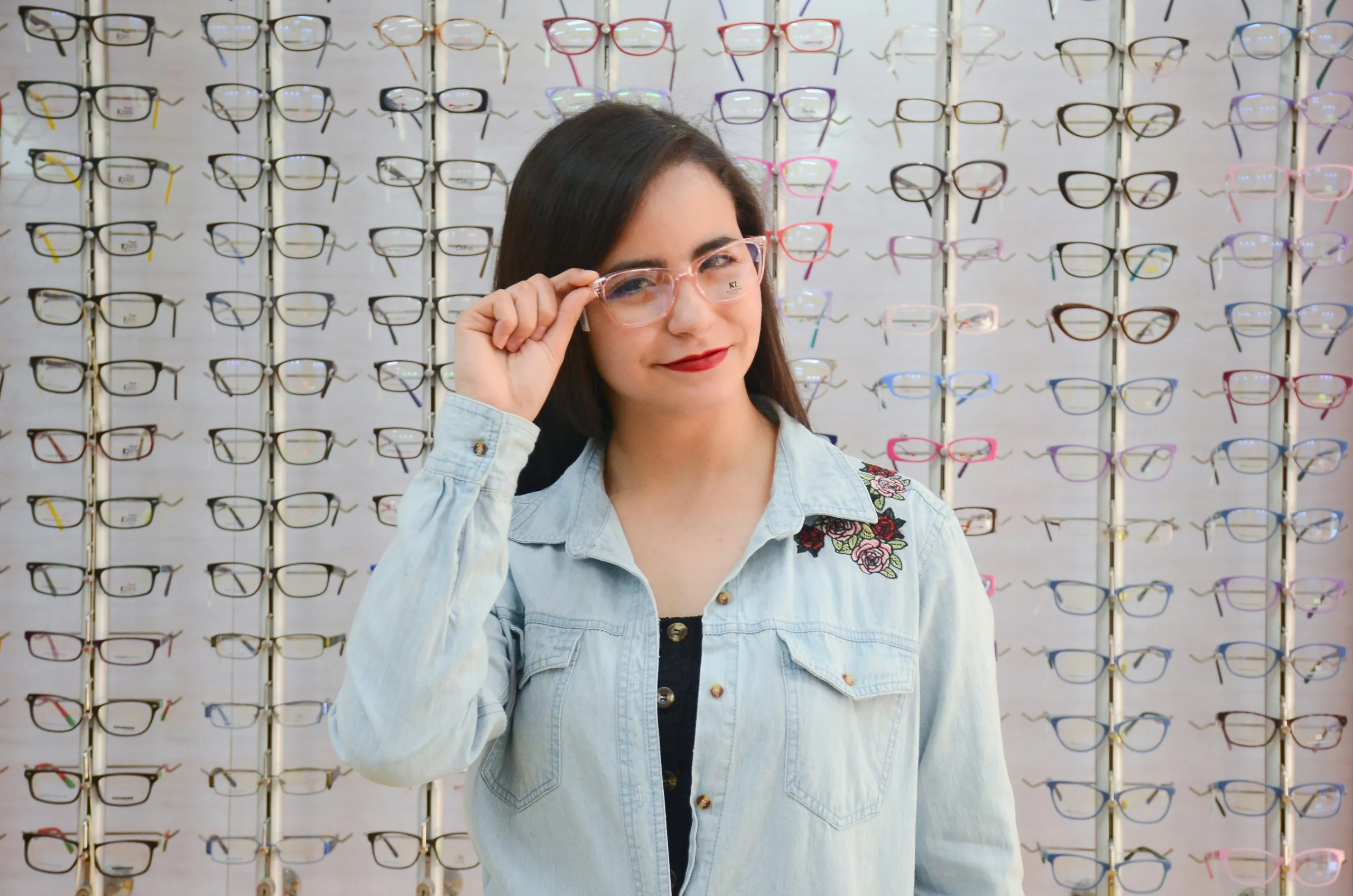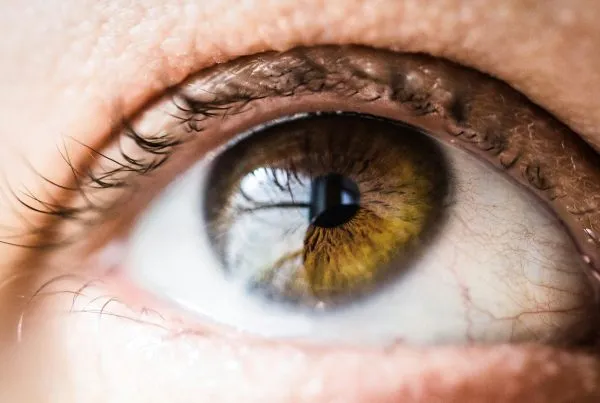When choosing new glasses, lens type matters just as much as frame style. But how do you decide which lenses suit your day-to-day needs — especially if you switch between tasks like reading, driving, and working on screens?
This guide breaks down the most practical lens choices based on how you use your glasses, whether it’s for long-distance vision, all-day wear, or indoor tasks.
Best Lenses for Reading and Close-Up Tasks
Recommended:
-
Reading Lenses (Single Vision)
-
Occupational Lenses (for mixed desk and near work)
If you only need help seeing up close, reading glasses (a type of single vision lens) are a simple and effective choice. They’re ideal for:
-
Reading books, menus, or fine print
-
Knitting, sewing, or other detailed tasks
If your reading is mixed with screen work or document handling (e.g. in an office), consider occupational lenses. These prioritise near and intermediate vision, reducing neck strain and the need to keep removing your glasses.
Best Lenses for Screen Use and Office Work
Recommended:
-
Occupational Lenses
-
Intermediate Single Vision Lenses
-
Varifocals (if you also need distance vision)
For people working on computers most of the day:
-
Intermediate lenses (single vision) are set to your screen distance, usually around 60–100 cm.
-
Occupational lenses are multi-zone lenses optimised for screen distance and desk work — ideal for multitasking without constant head movements.
If you also need help with distance vision (e.g. checking presentations across the room), varifocals offer full-range correction without switching glasses.
Best Lenses for Driving
Recommended:
-
Distance Lenses (Single Vision)
-
Varifocals (if you also need near vision)
-
Optional coatings: Anti-reflective, polarised, or tinted
Driving lenses should prioritise clarity at long distances. For most drivers, single vision distance lenses are sufficient. If you need help reading a sat nav or dials, varifocals can offer a smoother experience — no switching between pairs.
To improve visibility and comfort, consider adding coatings like:
-
Anti-reflective (MAR): Reduces glare from headlights and streetlights
-
Polarised lenses: Helps with harsh sunlight and reflective road surfaces (for sunglasses)
Best Lenses for All-Day Wear
Recommended:
-
Varifocal Lenses
If you need to switch between reading, mid-range, and distance vision throughout the day, varifocals are the most convenient solution. They:
-
Cover all distances in one pair of glasses
-
Remove the need to carry multiple pairs
-
Avoid the harsh lens lines found in bifocals or trifocals
Varifocals do require a short adjustment period, but modern designs now offer improved peripheral clarity and easier transitions between vision zones.
Best Lenses for Outdoor and Leisure Use
Recommended:
-
Distance Lenses (Single Vision)
-
Varifocals
-
Optional: Photochromic or Prescription Sunglasses
If you wear glasses outdoors — whether for walking, sports, or leisure — distance vision is typically the priority. You can customise your lenses with:
-
Prescription sunglasses for full sun protection
-
Photochromic lenses (also known as transitions) that darken automatically in sunlight
Varifocals are also a practical outdoor option if you read while out and about or need multiple corrections throughout the day.
Quick Comparison: Lens Types by Lifestyle
| Activity | Best Lens Type |
|---|---|
| Reading only | Single vision reading lenses |
| Office work | Occupational or intermediate |
| Driving | Distance single vision / varifocals |
| Screen use | Blue light coated intermediate lenses |
| All-day wear | Varifocal lenses |
| Outdoors | Distance or varifocals with UV/polarised lenses |
FAQs About Lenses by Use Case
Can I use varifocals for working at a computer?
Yes — but if you sit at a fixed screen distance for hours, occupational lenses may feel more comfortable as they widen the intermediate zone.
Are single vision glasses enough for driving and reading?
Not in one pair. You’d need one pair for distance (driving) and another for reading, unless you choose varifocals or bifocals.
What if I only need glasses for reading?
Single vision reading lenses are the simplest and most cost-effective choice. They correct near vision only.
How do I know if occupational lenses are right for me?
If you spend a lot of time switching between reading and screens or documents, occupational lenses reduce the strain and neck movements caused by standard varifocals.
Are varifocals harder to get used to?
They can take a few days to adjust to, especially the peripheral zones. But most people adapt quickly with consistent wear and proper fitting.
Final Thoughts
The best prescription lenses aren’t defined by type alone — they’re chosen based on how you live and work. Whether you’re focused on one task or juggling multiple distances, there’s a lens that fits your routine.
At Glasses Store, you can customise your lenses after selecting a frame, choosing options based on whether you need help reading, driving, working at a desk — or all of the above. Not sure where to start? Our team is here to help you select lenses that match your prescription and your lifestyle.





